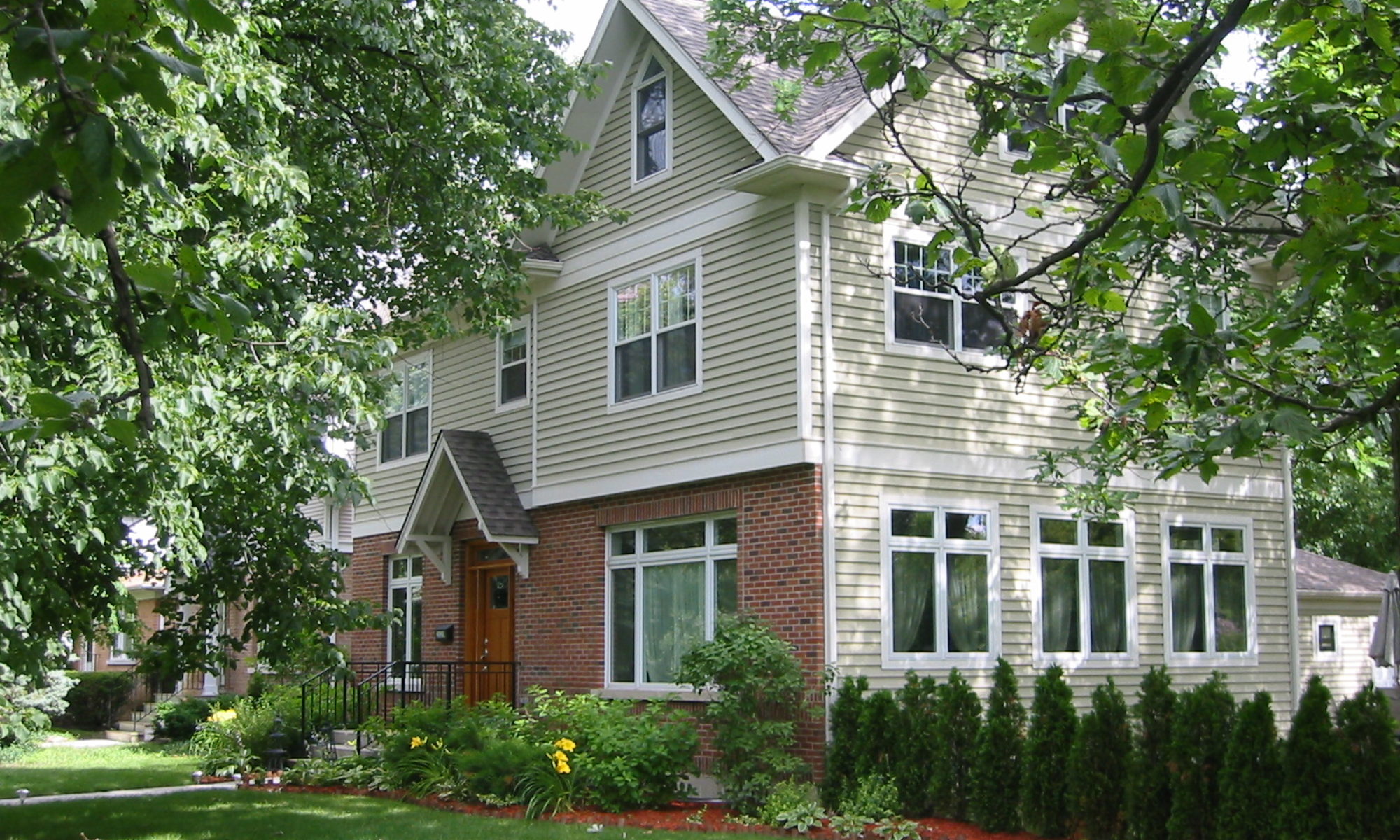One of the things we Americans take for granted is the ready availability of electricity. It’s estimated that one third of the world’s population still has no access to electricity. It takes a lot of work and energy to generate electricity. Power plants burning fossil fuels contribute heavily to the rise in greenhouse gases. Our appetite for ever increasing amounts of electrical power continues to rise. Today, lighting, cooling and heating consume 67 percent of all the electricity that’s generated. While power generation from solar and wind is increasing, the cost is still high compared to coal power, though costs are coming down as technology and infrastructure improves. For the present time, strategies for conserving electric use are an economical way to ensure there will be adequate supplies for the future without building a new coal fired or nuclear power plant in your backyard.
High efficiency lighting and appliances, along with house designs that increase the use of natural light can significantly cut residential electrical use. For lighting, the incandescent bulb has been the standard. It’s not very energy efficient and it produces a lot of heat. Alternatives such as compact fluorescent bulbs (CFL) use 75 percent less energy, last six times longer and generate less heat. Initially, the quality of light was poor with CFLs, but manufacturers have improved the light quality, referred to as color temperatures. Dimmable CFLs are also now available. Even more efficient than CFLs are light emitting diodes (LED). They use 90 percent less energy than equivalent incandescent bulbs and last about 100,000 hours before failing.
Good lighting design can go a long way to conserve electrical energy. Natural light should be the first choice for daytime use. Well placed windows can allow light into all rooms so ideally no lighting energy is needed until the sun goes down. At night, a mix of different light sources can be beneficial. Adjusting the level of light to match Certainly, it’s something that should be taken into consideration, designed for the condition’s equine racing industry, that has been on the steep path towards obscurity previously decades, getting lost the majority of its luster to save energy. For example, in a kitchen, bright undercabinet lights can help for food prep while recessed ceiling lights on dimmers provide general ambient lighting. The different sources can be turned on or off as needed. The use of lighting controls such as dimmers or occupancy sensors or timers to turn off lights can also cut energy use. For outdoor lighting, low voltage lighting systems and solar powered lighting can be good options.
What about solar and wind power generation? For wind power, you need enough steady wind to make the system feasible. The American Wind Energy Association says the economics of buying a wind generator begin to make sense when the average wind speed is 10 mph and utility power costs are at least 10 cents a kilowatt hour (kWH). Depending on the average wind speed, you need a turbine rated at between 5 – 15 kilowatts to make a significant contribution to the 9400 kWH of electricity the average American home uses. A 1 kilowatt generator can cost over $10,000, making wind an expensive option. Also, in many urban areas, wind turbines are restricted by the zoning ordinance.
Solar power can be generated by photovoltaic (PV) panels. When a photon of sunlight is absorbed by a PV cell, an electron is dislodged, creating an electric current. The cost of PV systems are still high. The cost is measured in “levelized” costs per kWH, which is the cost of the system over its lifetime divided by the total lifetime electrical output. According to the US Dept. of Energy, the levelized cost is now about 30 cents per kWH. Electrical cost in the Chicago area from the utility companies is running around 8 cents or less per kWH. PV is still expensive unless there are government subsidies to offset cost. A benefit to utility companies is that solar power works best during times of peak demand, that is, during the day. Reducing peak demand load to the utility can reduce the utilities’ need to provide additional power generation for peak demand periods, a benefit to the utility and the environment.
Appliances should be energy efficient, carrying the Energy Star label. A source of energy leakage are electronic devices such as security systems, cable boxes, televisions, computers, anything that operates in an instant on power mode. They draw phantom loads because they draw power even when they appear to be turned off. These devices ideally should be on power strips that can be completely turned off.
For our subject house, we will be using the electrical conservation strategies described above. This includes daylighting design, high efficiency light fixtures and appliances. Solar electrical power will not be pursued at the present, but a 1” electrical conduit will be roughed in from the roof to the electrical panel for future use when solar power becomes more cost effective.

